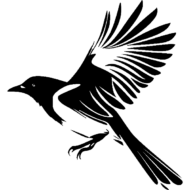“ I love the notion of performed spontaneity, in that it gets at the fact that what seems natural, or improvisational, is still a product of decision making, and still leads to a consciously made thing—a mechanical nightingale rather than the real bird that happens to fly in the window.” Diane Seuss interview with Jesse Nathan …
Category Archives: Special Report
Shetland Islands/Wool Week 2019
In September of 2019 I joined my sister Beth for Wool Week in the Shetland Islands. These are the places that we went and the things we saw. (Click through the galleries for more information in the picture descriptions.) Lerwick Lerwick is the capitol city of Shetland. We stayed in an apartment just up the …
Letter Home — 29 Jan, 2019
“I never could get the hang of Thursday” Arthur Dent Thursday is easy. It is preceded by Wednesday and followed by Friday. Wednesday is the pivot point of the week. The day of looking forward to the work I have to do and looking back to see how much of my to-do list I have …
Letter Home 4 Aug, 2018
Dearest ones, I went to a lecture last week. Ilya Kaminsky, a famous Ukrainian poet, began by asking “How is life on this shiny planet?” I did not know how to answer him. He taped pictures by Diego Rivera to the wall and read from Calvino’s Invisible Cities. He spoke of how our work is …
Being Against the Eternal Now
I have been coming to Oaxaca for 16 years now. I come for weeks or even months at a time, and yet I am so far unable to master the language. In spite of all the time I’ve spent going to dinner, riding in taxis, and attempting to decipher the labels in the galleries and museums. …

